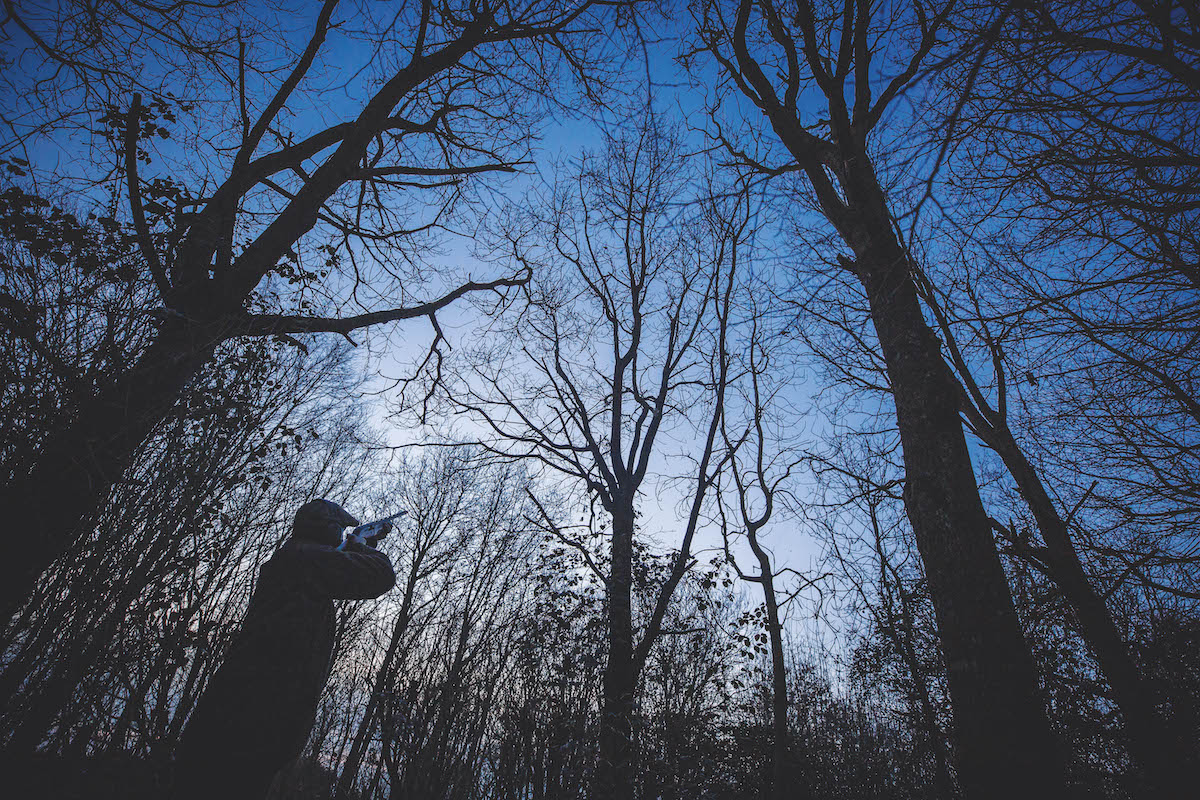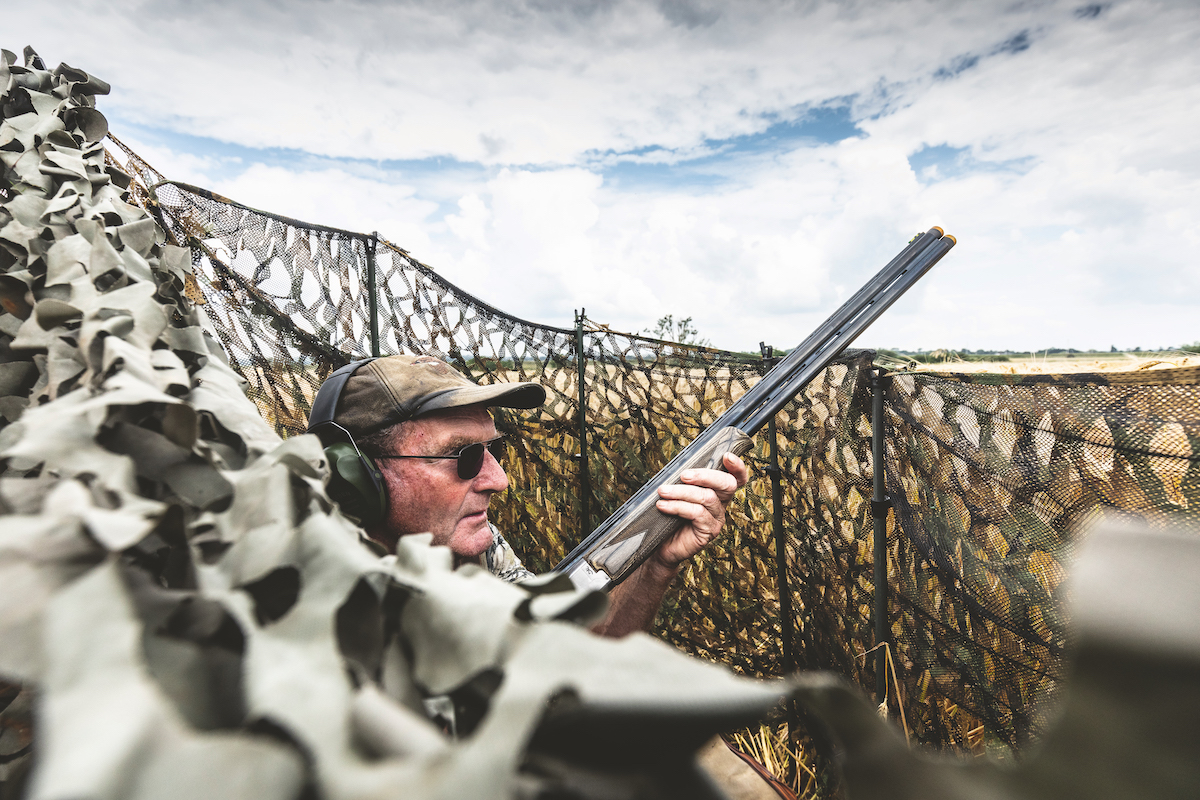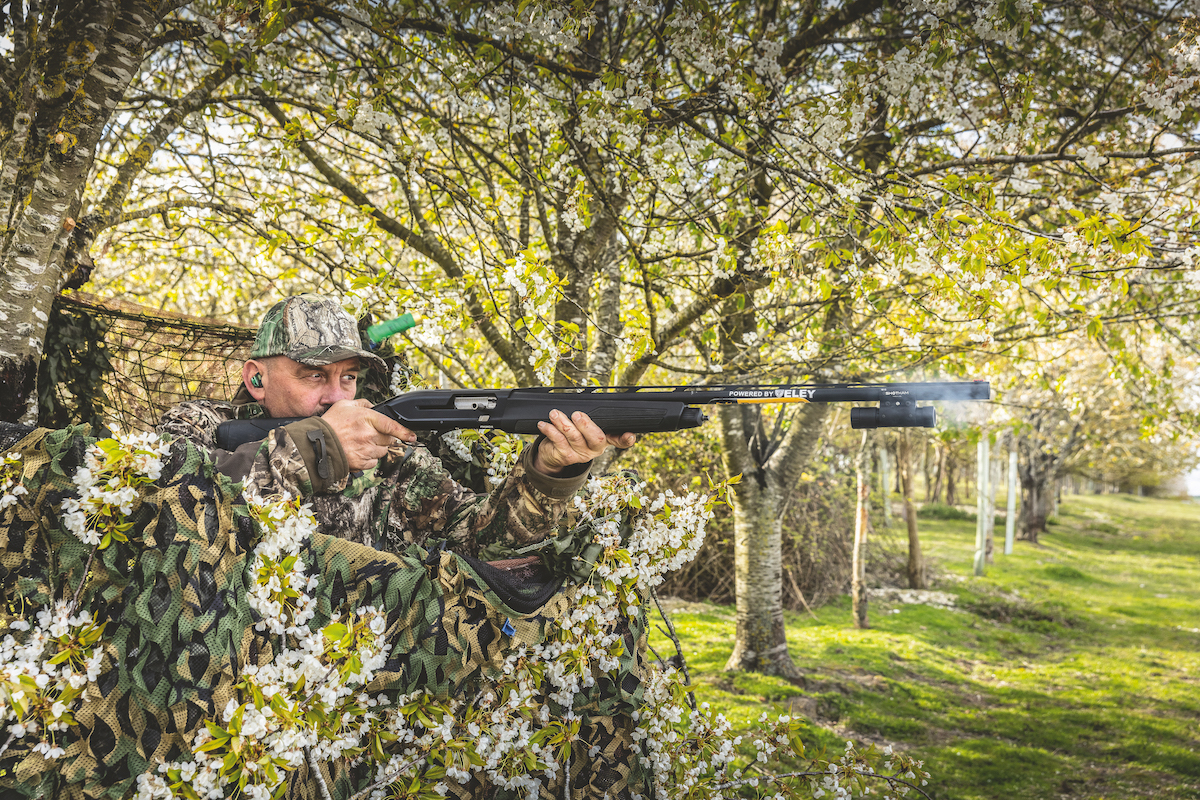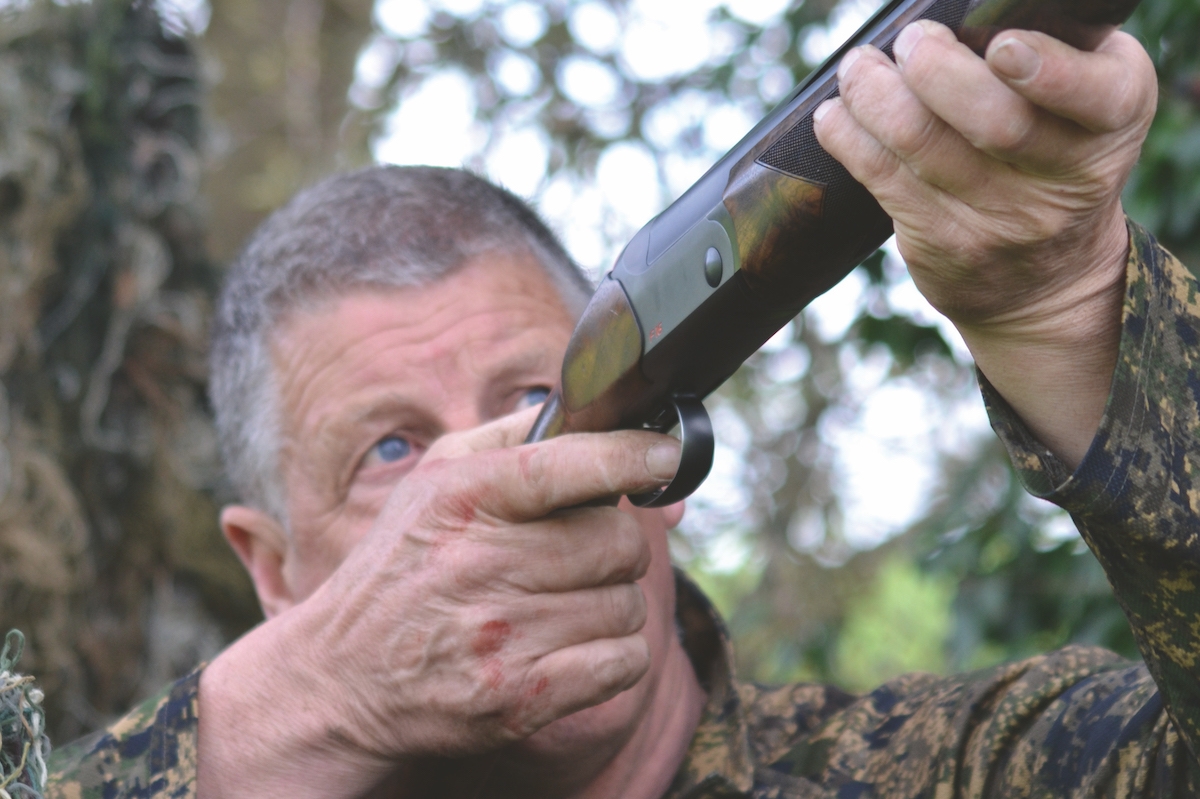The rigours of roost shooting
Giles Catchpole ponders the matter

Even as the mayhem of beaters’ day is drawing to a close, the question arises of who will be undertaking the roost shoots. Once the pheasants and partridges have been given the all-clear, it falls to the humble pigeon to become the quarry of choice. These days the roost shooting tends to be something of a beaters’ benefit, but time was when it was an obligation of the shooting tenant to get after the pigeons as soon as the game season closed, in order to deter the birds from the spring drillings and keep the farming community onside. As most of the crops are now autumn-sown, the pigeons’ appetite for freshly planted seeds is less of an issue than, for example, their consumption of early rape tops.
Roost shoots in February
So the Saturdays of February are designated as roost shoots, and everyone is invited to pick a wood to cover. This is a more complicated arrangement than it sounds. There is a hierarchy that should be recognised, as well as privileges and entitlements that must be respected.
The keeper may ask you which wood you would like, but you can no more pick another man’s wood than you would take his seat in the beaters’ wagon. Obviously, people do not have their own seat in the wagon because we all pile in willy-nilly, but choose the wrong place and the result is an eerie silence you could cut with a spoon.
Picking a wood requires you to know what all of them are called. I have my own names for many of the woods, copses, spinneys and coverts, such as Hell’s Corner, Ypres, Bramble Alley and Despair, but they are known to others as Jubilee, Long Strip, Alan’s and Chalk Pit End. (Read our list of the best guns and cartridges for pigeon shooting.)
Since I have only been beating here a decade or so, someone will normally take pity on me and suggest I go “by that oak where you usually end up when we do the Sawmill cover. Where you fell in the ditch.”
So 3pm on Saturday finds the byways and footpaths about the vicinity dotted with assorted vans, trucks and pickups as we dispose ourselves in our chosen spots and wait for the action to start. Some 30 minutes or so later, the fairly startled pigeons begin to find that their intended resting place for the night has become distinctly hostile, and so they mill about looking for an alternative.
For the next hour or so the neighbourhood takes on the character of downtown Mogadishu, with guns going off all over the place and rafts of pigeons diving frantically into wood after wood looking for some respite from the fusillade. Except, of course, where I am.
I scan the horizon through the fringe of blackthorn beside my tree where I am sat, fully expecting the imminent arrival of determined woodies, but all remains clear and calm. From time to time I spot a bird or two in the distance, but they drift away long before they offer any kind of shot.
As the minutes tick by, there is even shooting from the other end of the very wood I am infesting, but still nothing arrives in the specific airspace I am responsible for. I pour myself a warming cuppa from my flask while I wait for the action to come to me. Sod’s Law dictates that the moment my concentration is focused elsewhere, the pigeons will arrive in force. And Sod’s Law never fails, does it?
No sooner is the steaming brew in my hands than the clatter of wings heralds the presence of a pigeon above my head. Still, I am faster than a striking cobra. The pigeon sighs and pushes off, leaving me sat there with a lapful of coffee and twigs. As usual.








